I watched Ben Eater's video about building a computer based on 6502 chip and I'm stuck in part 3 (Assembly language VS Machine code). He is programming 32k EEPROM and he programmed by assembly to blink LED. This is assembler he used http://sun.hasenbraten.de/vasm/ Here his code:
But I have a question about org directive, this is what I understand org tell assembler what address to start right?
In picture org equals $8000 so I think first address instruction should be 8000 but when he output file it equal 0000.
Why is the first instruction's address not 8000?

